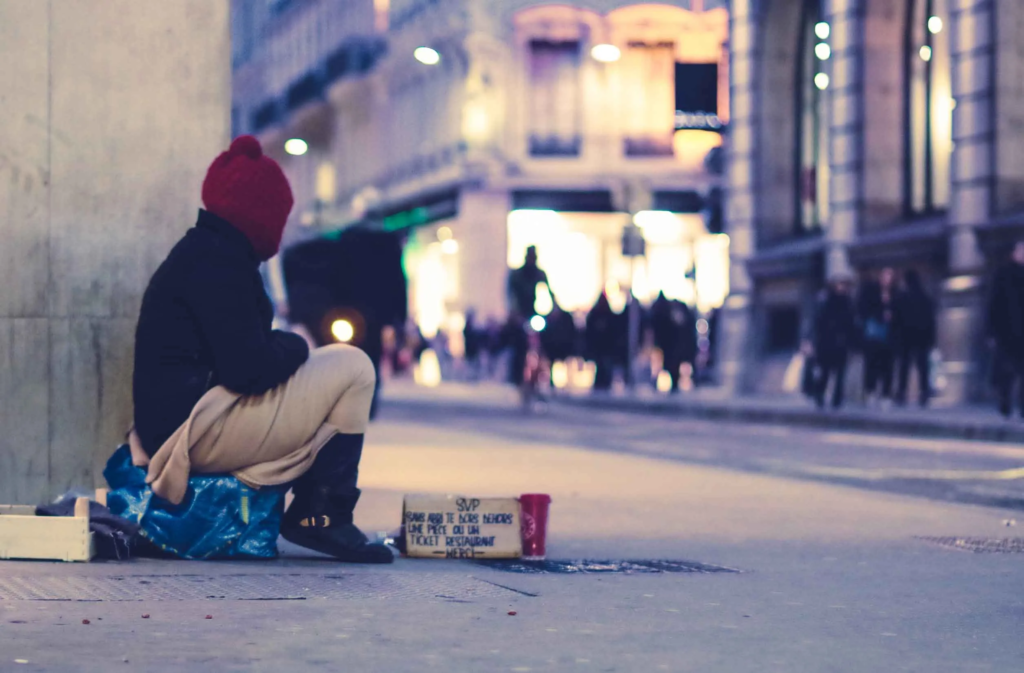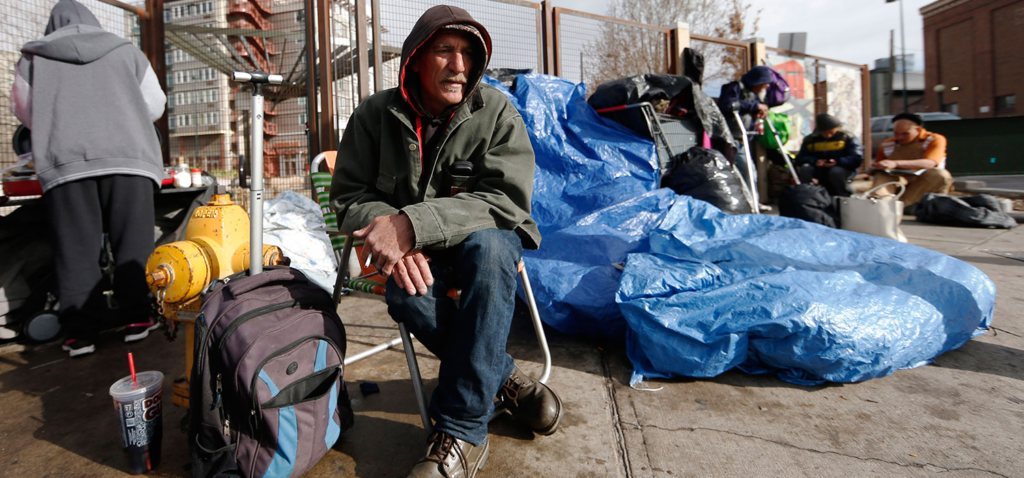In the United States, housing should be a basic right, a stable foundation for families, and a place of safety and dignity. Yet, for millions of Americans, it remains a daily struggle. Skyrocketing rents, stagnant wages, and limited availability of affordable house have created a crisis that affects cities, suburbs, and rural areas alike. Alongside this, homelessness persists as a visible and human reminder of systemic inequality and social vulnerability.
House affordability is more than a policy issue—it is a human one. Behind the statistics are individuals and families making impossible choices: skipping meals to pay rent, sharing tiny apartments with multiple relatives, or sleeping in shelters and cars. Understanding the causes of the crisis, the role of urban policy, and the social safety nets that could prevent suffering is essential for building a more just society.
The Current State of Housing Affordability
Across the nation, the cost of housing has risen dramatically, outpacing wage growth for many working families. Cities like San Francisco, New York, and Los Angeles have seen rents soar, pricing out long-term residents and creating intense competition for available units. Even smaller towns face affordability pressures as house shortages push up costs.
Homeownership, long considered a cornerstone of economic stability, is increasingly out of reach for first-time buyers. Skyrocketing property prices, high down payments, and stricter mortgage requirements make owning a home a dream deferred for many. Renters face similar challenges, often dedicating more than half of their income to house , leaving little for healthcare, food, or education.
Housing instability affects everyone differently. Seniors on fixed incomes may be forced to move frequently, children may experience disrupted schooling, and working adults may struggle to maintain employment while juggling long commutes or unstable living situations.

Root Causes of the Crisis
The housing affordability problem has multiple causes, spanning economic, social, and political factors.
Rising Housing Costs
Urban centers have experienced intense gentrification, pushing housing prices beyond the reach of low- and middle-income families. Developers often focus on luxury units that maximize profits, leaving fewer affordable options for average earners.
Stagnant Wages
While housing costs have surged, wage growth has remained relatively flat for many workers. This imbalance creates a situation where even full-time employment may not guarantee a secure home.
Limited Supply
Zoning laws, restrictive building regulations, and insufficient investment in public housing contribute to a shortage of affordable units. Many cities struggle to meet demand, and waiting lists for subsidized house can extend for years.
Displacement and Gentrification
Long-standing communities are often displaced as neighborhoods are redeveloped. While new amenities may improve neighborhoods for some, they often price out existing residents, creating social and cultural disruption.
Homelessness: A Visible Consequence
Homelessness is the human face of house unaffordability. Across the country, people sleep in tents, cars, shelters, or abandoned buildings, facing not only the dangers of exposure and illness but also social stigma and isolation.
Vulnerable populations, including veterans, single mothers, and individuals struggling with mental health or substance abuse, are disproportionately affected. Each case of homelessness reflects systemic failures: inadequate access to affordable housing, insufficient mental health services, or lack of social support networks.
The emotional toll of homelessness is profound. Children without stable homes experience developmental delays, trauma, and educational disruption. Adults may face chronic stress, health complications, and barriers to employment. Homelessness is not just a lack of shelter—it is a crisis of dignity, safety, and opportunity.
Urban Policy and Its Role
Urban policy plays a critical role in shaping house affordability. Cities that invest in inclusive planning, affordable housing development, and community support services can mitigate the crisis. Conversely, policies that favor market-rate development and neglect low-income residents exacerbate inequality.
Inclusionary Zoning
Some cities have implemented inclusionary zoning policies, requiring new developments to include a portion of affordable units. This helps integrate neighborhoods and prevents the complete displacement of low-income residents.
Rent Control and Stabilization
Rent control policies aim to limit sudden and excessive rent increases, providing tenants with stability. While controversial among some developers, such policies protect vulnerable renters from being priced out of their communities.
Public and Subsidized Housing
Investments in public housing and housing vouchers provide critical support for low-income families. Expanding these programs can offer a safety net that prevents homelessness and improves long-term economic outcomes.
Transit-Oriented Development
Connecting housing policies with transportation planning ensures that residents have access to jobs, education, and services without incurring high commuting costs. Efficient transit systems reduce economic pressure on low-income households and improve quality of life.
Social Safety Nets and Support Services
Addressing house unaffordability requires more than building units—it requires robust social support systems.
Emergency Shelters and Transitional Housing
Shelters provide immediate relief for those experiencing homelessness. Transitional housing programs support individuals as they move toward permanent solutions, combining shelter with employment assistance and counseling.
Rental Assistance Programs
Government programs that provide rental subsidies help prevent eviction and stabilize families. By targeting financial aid to those in need, such programs reduce the risk of falling into homelessness.
Support for Vulnerable Populations
Specialized services for individuals with mental health issues, substance abuse challenges, or disabilities ensure that housing solutions are holistic. Access to healthcare, counseling, and case management improves the likelihood of long-term stability.
Community-Based Initiatives
Nonprofit organizations and grassroots initiatives play a vital role. They provide food, legal assistance, and advocacy, often filling gaps left by government programs. Communities that foster collaboration between public agencies and nonprofits see stronger outcomes for housing security.
The Human Stories Behind the Crisis
Numbers and policies can describe trends, but the human experience brings the issue to life. Consider a family living paycheck to paycheck in a city with skyrocketing rents. They may be forced to move multiple times, disrupting children’s schooling and social connections. Or the elderly couple in a subsidized apartment, anxious as their building faces redevelopment, unsure where they will go next.
Each story reflects resilience and hope, as people navigate the system, rely on social networks, and fight to maintain stability. These personal narratives humanize the crisis, reminding policymakers and society that housing is about more than economics—it is about lives, dreams, and dignity.

Innovative Solutions and Pathways Forward
While the housing and homelessness crisis is complex, numerous innovative solutions show promise.
Expanding Affordable Housing Supply
Increased funding for public house, incentives for developers to build affordable units, and adaptive reuse of underutilized properties can expand supply. Programs that integrate mixed-income housing prevent segregation and promote inclusive communities.
Strengthening Tenant Protections
Policies that prevent eviction without cause, limit rent increases, and provide legal support for tenants improve housing stability. Empowered tenants are less likely to fall into homelessness.
Investing in Preventive Measures
Preventing homelessness is more effective than responding after it occurs. Early intervention programs for families at risk of eviction, mental health support, and financial counseling reduce long-term housing instability.
Cross-Sector Collaboration
Collaboration between government, nonprofits, and private developers can create holistic solutions. Coordinated efforts ensure that housing, healthcare, education, and employment support work together rather than in isolation.
Community Engagement and Advocacy
Empowering residents to participate in urban planning and housing decisions ensures that policies reflect local needs. Communities that have a voice in development are more resilient and better able to sustain affordable housing initiatives.
The Broader Economic and Social Benefits
Addressing housing affordability and homelessness is not only a moral imperative—it is economically wise. Stable housing reduces healthcare costs, improves educational outcomes, and strengthens workforce participation. Communities with inclusive housing policies attract diverse talent, foster social cohesion, and reduce crime and instability.
Investing in housing is an investment in the nation’s future. Families who have secure homes are better able to pursue education, employment, and civic engagement. Children who grow up in stable housing are more likely to thrive academically and socially. Housing stability creates ripple effects that benefit society as a whole.
Conclusion
Housing affordability and homelessness remain pressing challenges in the United States, shaped by economic pressures, urban policy decisions, and social inequities. Yet, these challenges are not insurmountable. Through innovative policy, robust social safety nets, and community collaboration, the nation can provide secure homes and restore dignity to those who lack it.
The human stories behind the statistics remind us why this work is essential. Each family, child, and individual experiencing housing insecurity represents not just a problem but an opportunity for society to act with compassion and foresight.
By addressing the root causes, expanding access, and strengthening support systems, the United States can transform house from a source of stress and instability into a foundation of hope, security, and opportunity. The path forward requires commitment, collaboration, and a recognition that house is more than shelter—it is a human right and the cornerstone of a fair and thriving society.
Do Follow USA Glory On Instagram
Read Next – Racial Justice Movements Creating Hope, Unity, and Lasting Change






